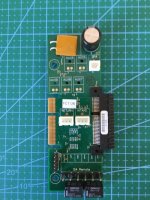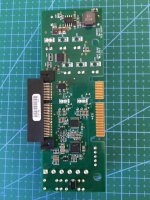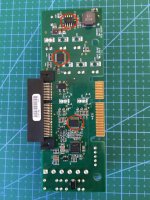Hey everyone,
I am working on rebuilding my pool system that came with the house and is purely manual and awful - there is a Pentair pump so I've decided to go ahead with a Pentair Intellicenter.
After doing a bunch of research I see the i5PS/i8PS/i10PS are ludicrously expensive for what they are - bunch of connectors on a PCB (from what I've been able to find).
I have only seen pictures of the front of these boards and it is just some connectors, is there anything preventing one from simply populating missing connectors on i5PS to turn it into i10PS? Is there some circuitry on the back? I suppose the system somehow is identifying what daughter boards it has populated - or is this a manual process in settings?
If anybody could post pictures of both sides of the daughter card that would be amazing
I did see the valve expansion box is a different story specifically, having a bunch of circuitry.
Thanks!
I am working on rebuilding my pool system that came with the house and is purely manual and awful - there is a Pentair pump so I've decided to go ahead with a Pentair Intellicenter.
After doing a bunch of research I see the i5PS/i8PS/i10PS are ludicrously expensive for what they are - bunch of connectors on a PCB (from what I've been able to find).
I have only seen pictures of the front of these boards and it is just some connectors, is there anything preventing one from simply populating missing connectors on i5PS to turn it into i10PS? Is there some circuitry on the back? I suppose the system somehow is identifying what daughter boards it has populated - or is this a manual process in settings?
If anybody could post pictures of both sides of the daughter card that would be amazing
I did see the valve expansion box is a different story specifically, having a bunch of circuitry.
Thanks!




